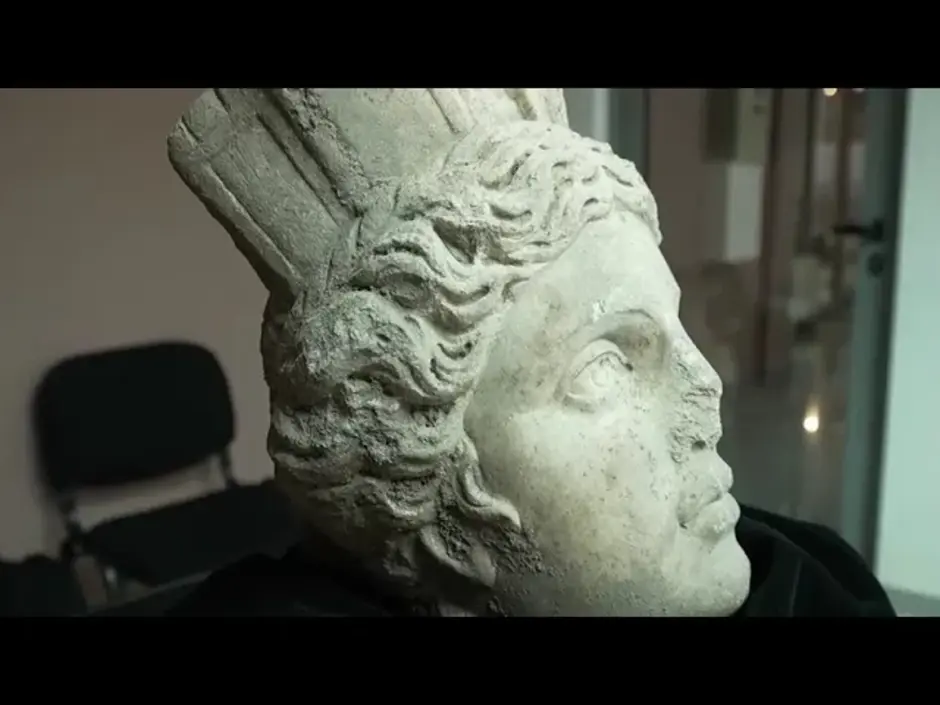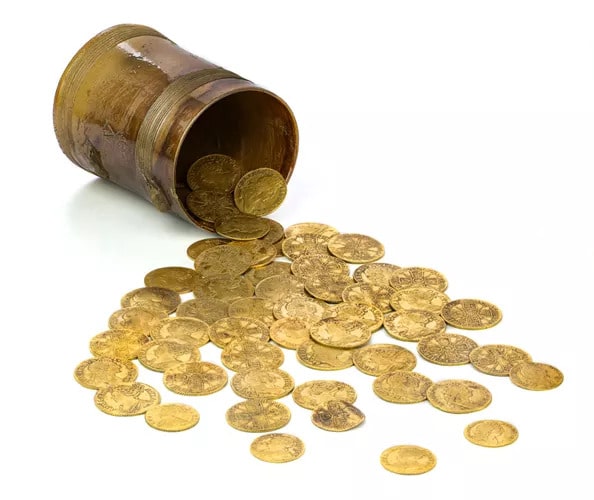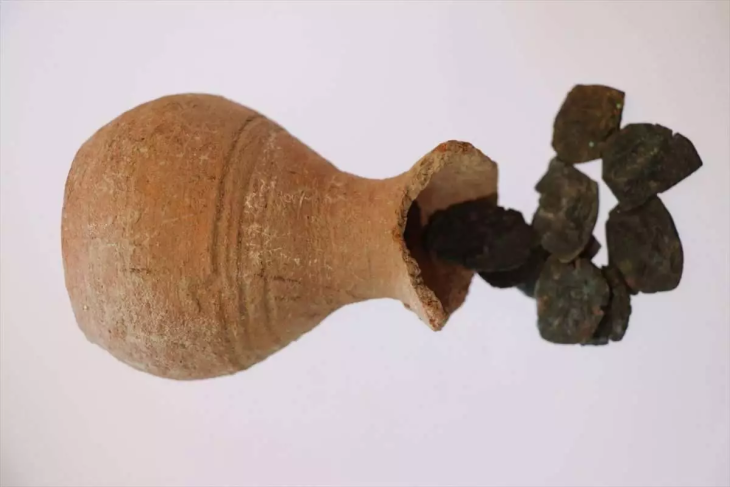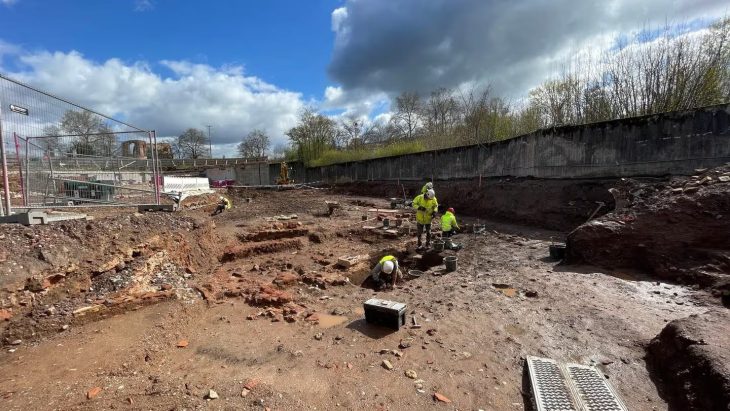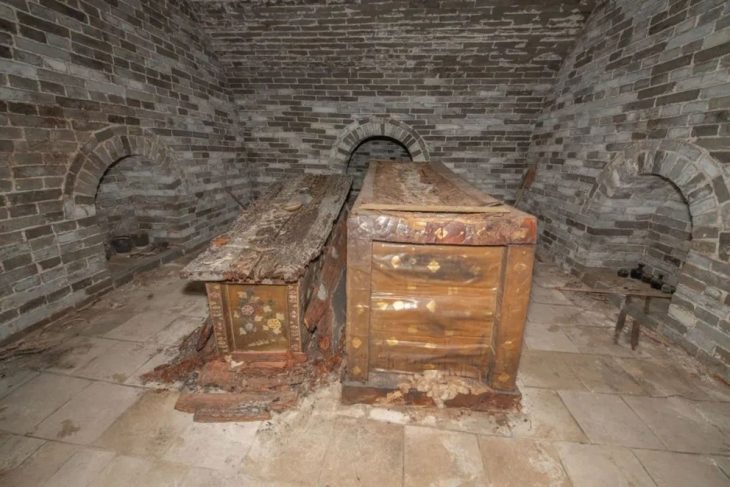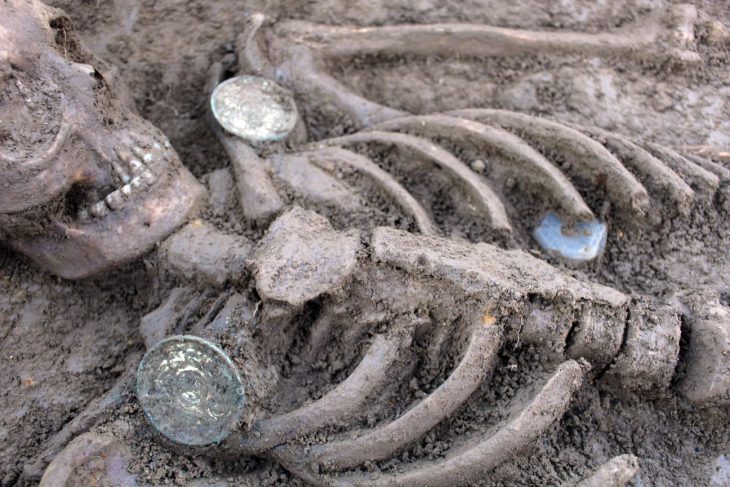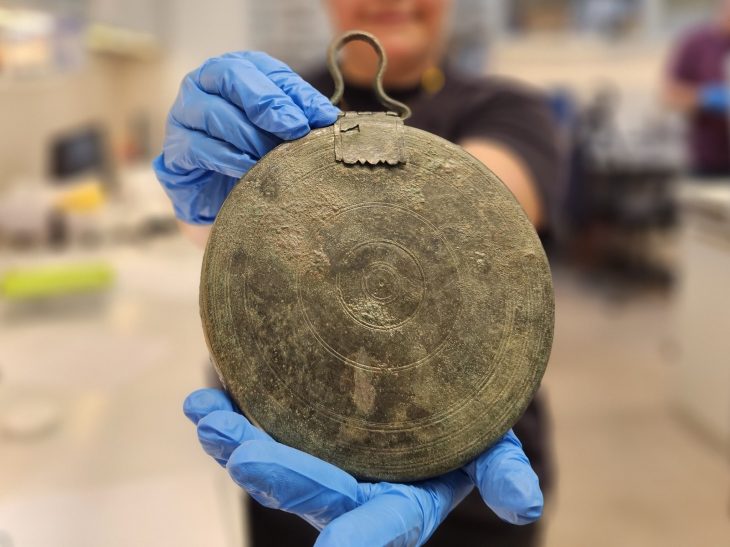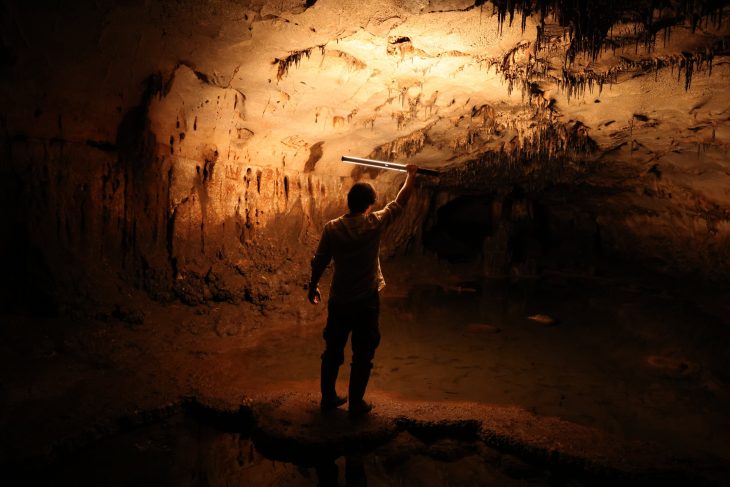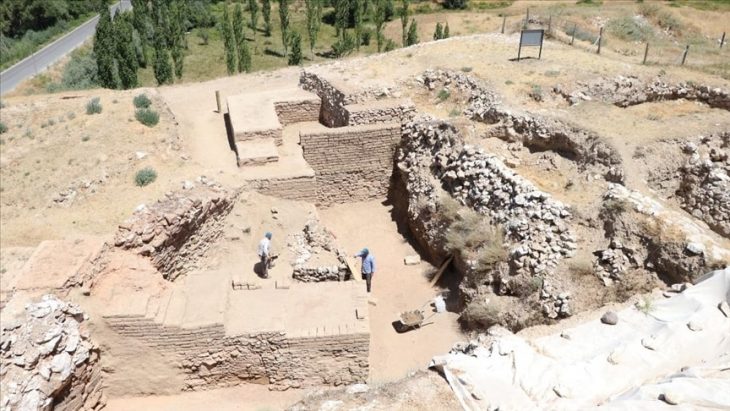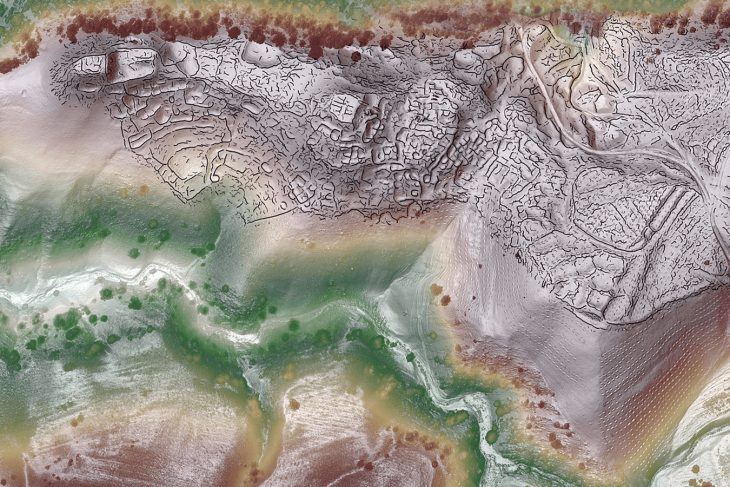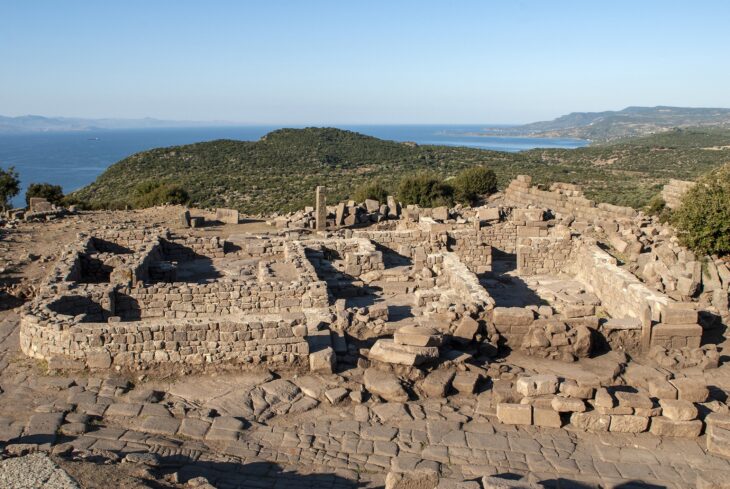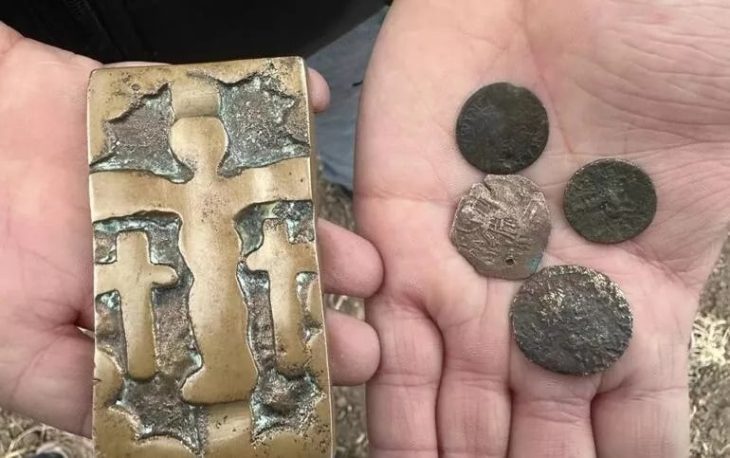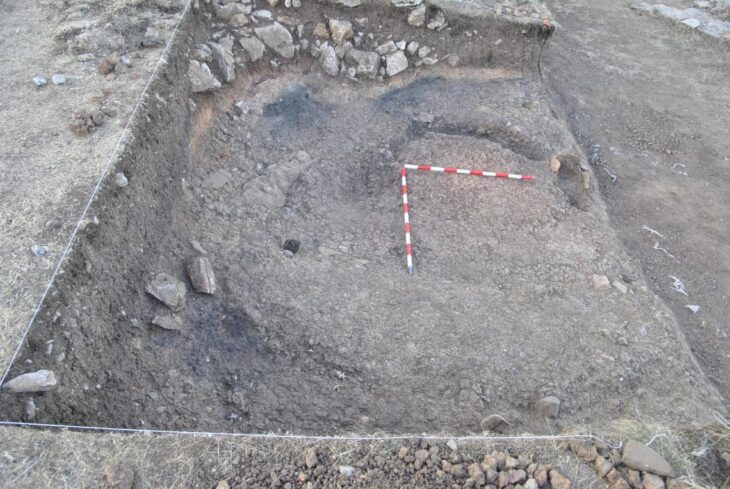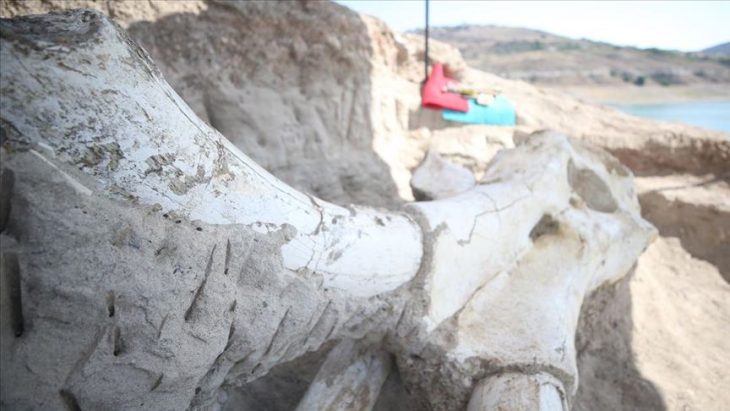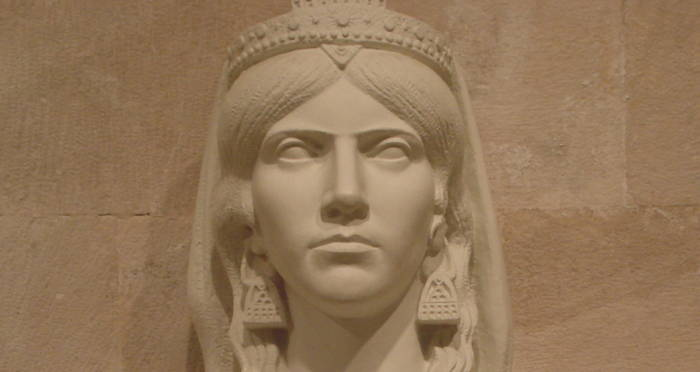A remarkably crafted head of a large statue of the Greek goddess Tyche was recently unearthed during the excavations of the Bishop’s Basilica in Plovdiv, the present-day city situated where the ancient Philippopolis.
Archaeologist Lyubomir Merdzhanov, who led the excavation team, is hailing this stunning artifact as a “phenomenal find”.
Plovdiv is not only one of the most ancient cities on the territory of Bulgaria but also in Europe. The name of the ancient Thracian city from which Plovdiv today is derived was most likely Eumolpia. The Iron Age saw the development of the fortified Thracian city on the Nebet Tepe territory. Philip II incorporated it into the Macedonian Empire in the fourth century BC and gave it the most well-known name, Philippopolis.
Tyche was considered the Goddess of Success, fortune, luck, and prosperity. Greeks believed that she had the power to determine the fortune of people and cities
The intricately crafted head dates from the late 1st to the mid-3rd century AD. The head (and presumably, the whole statue) was made according to Hellenistic tradition, of high-quality marble, with the irises shaped like hearts. Tyche’s function as the guardian of Philippopolis is symbolized by the corona muralis, or mural crown, which is used to depict city walls with turrets. Based on the head’s proportions, the artifact is thought to have been a part of a statue that was about 2.5 meters tall.
According to archaeologists, the statue might have been part of a sanctuary that existed before the Christian basilica. The fact that churches were frequently erected over pagan temples by early Christian communities raises the possibility that the location contains more historically significant artifacts.
The discovery is therefore important not only for its artistic value but also for the insight it provides into the religious and cultural history of ancient Philippopolis.
The head of Greek goddess Tyche statue was found near the basilica’s pulpit. The head may have been reused as building material or strategically placed for symbolic purposes.
“The position of the artifact could carry deeper meaning, possibly indicating the coexistence of pagan and Christian traditions,” Merdzhanov explained.
The artifact is expected to be displayed at the Plovdiv Archaeological Museum after thorough study and restoration. The excavation team hopes to obtain permission to lift the basilica’s mosaics to investigate the underlying sanctuary and potentially locate the remaining statue fragments, with the goal of reconstructing this ancient wonder.
Cover Image Credit: The Statue head of the goddess Tyche discovered in Bulgaria. Credit: TV BG News/Youtube

